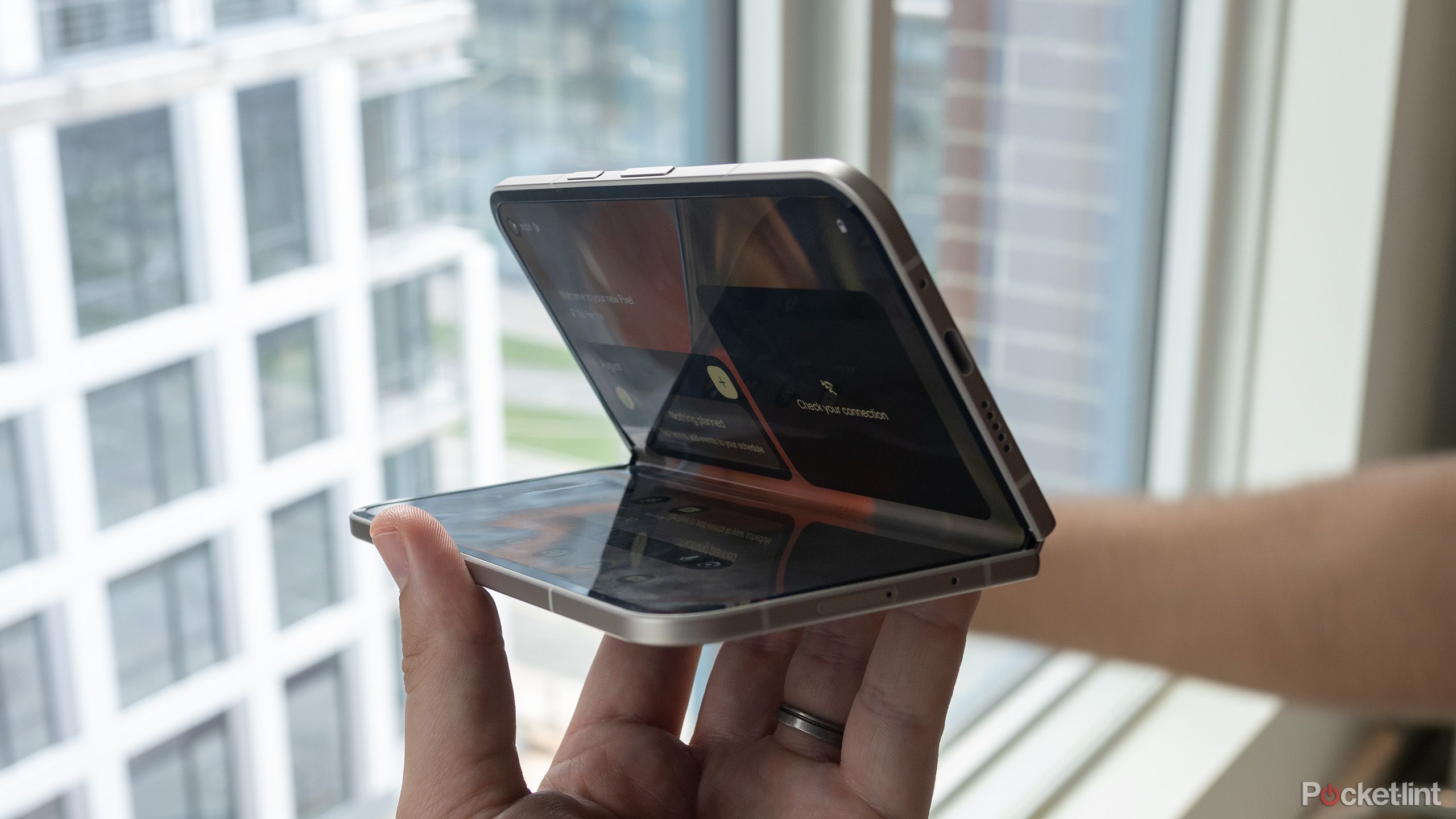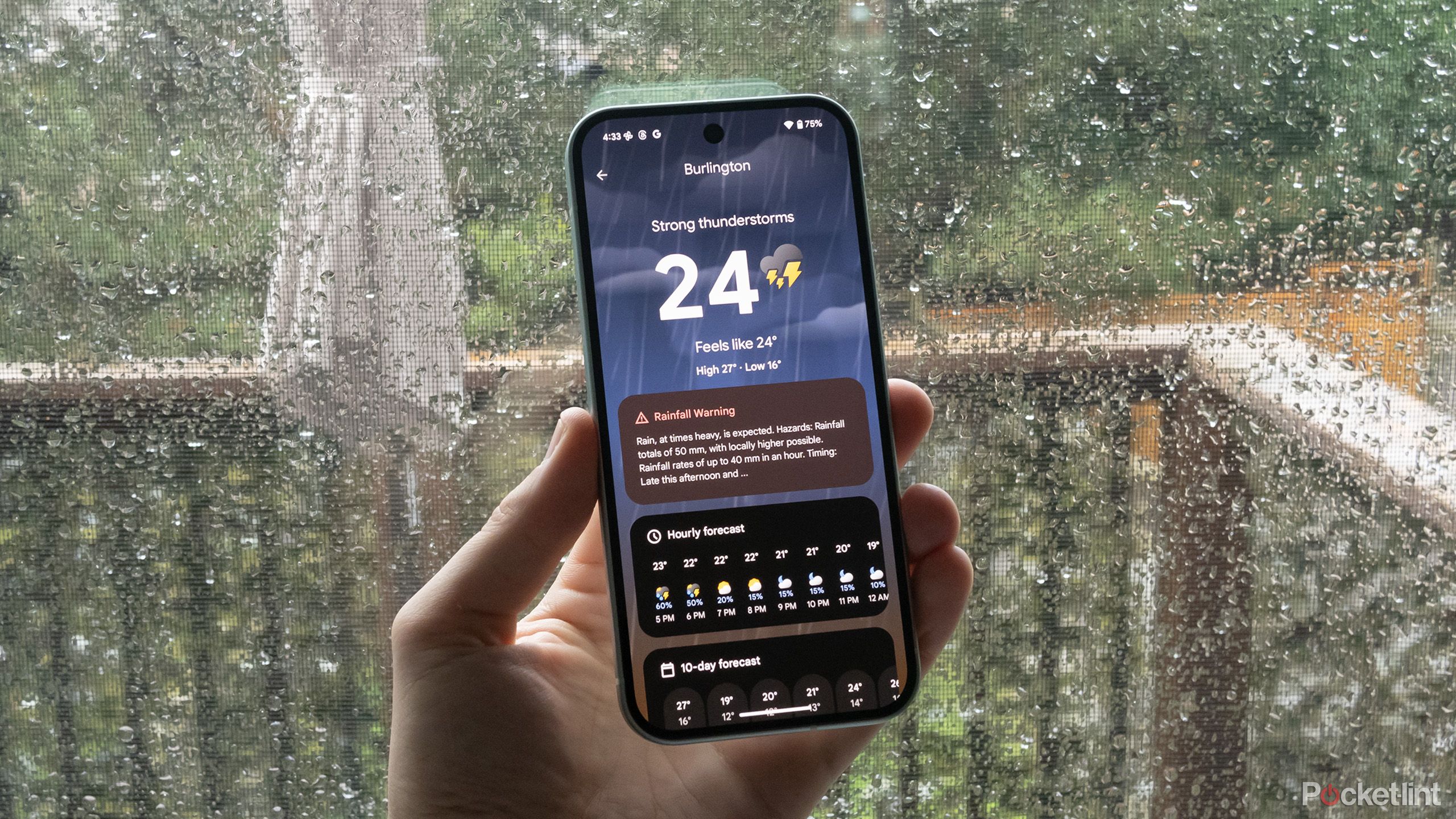Water and dust resistance is something we often take for granted with modern smartphones, but we really shouldn’t. There was a time when many phones didn’t have it at all, which seems ridiculous in retrospect — you shouldn’t be able to wreck something vital to daily life because you happened to spill a drink near it or get caught in a sudden storm. And now that the best models cost over $1,000 — or closer to $2,000, like the Pixel 9 Pro Fold — they ought to be bulletproof.
That’s exaggerating, slightly, but you should be thinking about durability when you buy any new phone. The common measure of a device’s water and dust resistance is its IP certification. So what is the best IP rating available on smartphones? For that matter, which IP ratings should you avoid?
What’s the best IP rating for phones?
It’s not as straightforward as you might assume
Practically speaking, the best IP rating you’ll find at a local store is IP68. The first digit, 6, indicates that a device is completely dustproof. That might not matter much in the short term, but gradual infiltration of dust can harm a phone’s circuits, and larger grains might damage your phone’s display. You’ll certainly want dustproofing for the beach or that trip to Dubai.
The 8 indicates that a device can survive watery depths up to 3.3 feet (roughly 1 meter) or more for 30 minutes. That’s enough for most purposes, meaning you’re unlikely to break your phone if you get caught in the rain, drop it in the bathtub, or tap on it after a sweaty workout. Do note that chlorine and saltwater are corrosive, however, and should always be avoided. You should also avoid high pressure, including not just depths below 1 meter, but hard jets like your showerhead. This means you definitely won’t want to drop your device in a jet-filled hot tub.
The toughest possible IP rating for a phone is
IP69K
Many flagship phones now have an IP68 rating, such as the iPhone 15, Pixel 9, and Galaxy S24. Other devices may have a lesser IP67 designation, but that’s probably okay — that still supports submersion up to 1 meter, just nothing beyond that.
The toughest possible IP rating for a phone is IP69K. It’s extremely rare, the most notable example being the Nokia XR21. That device is so tough that you could hose mud off it without batting an eye. Hopefully, similar protection makes its way to higher-end smartphones in the future.
Which IP ratings should you avoid?
Some don’t really offer much protection
We’d strongly suggest skipping most devices below IP57 — it’s so easy to find products at or above that rating that it usually doesn’t make sense to sacrifice protection.
Just about any folding design requires a hinge, and so far no phone maker has figured out a way of fully dustproofing that component.
You may want to make an exception with foldables. Just about any folding design requires a hinge, and so far no phone maker has figured out a way of fully dustproofing that component. Even the Pixel 9 Pro Fold has an IPX8 classification, indicating no official dust rating. Samsung is making some progress, at least — the Z Flip 6 and Z Fold 6 share IP48 specs, enough to prevent larger particles from getting in.
The benefits of foldable devices can potentially outweigh the risks. You’ll just have to be a little more ginger with them, so think twice about pulling one out in the Nevada desert.
FAQ
Q: Who assigns IP ratings?
IP (ingress protection) ratings were originally devised by the International Electrotechnical Commission. Device makers have to pay a certified testing company to screen their products — only once those are passed can they claim a particular rating.
Q: Does IP68 mean waterproof?
In a sense, but not literally. An IP68 phone can survive sweat, rain, and brief submersion, but you probably shouldn’t go swimming with one or take it in the shower. You’ll want a fully sealed case for those sorts of activities.
Trending Products

Cooler Master MasterBox Q300L Micro-ATX Tower with Magnetic Design Dust Filter, Transparent Acrylic Side Panel, Adjustable I/O & Fully Ventilated Airflow, Black (MCB-Q300L-KANN-S00)

ASUS TUF Gaming GT301 ZAKU II Edition ATX mid-Tower Compact case with Tempered Glass Side Panel, Honeycomb Front Panel…

ASUS TUF Gaming GT501 Mid-Tower Computer Case for up to EATX Motherboards with USB 3.0 Front Panel Cases GT501/GRY/WITH Handle

be quiet! Pure Base 500DX ATX Mid Tower PC case | ARGB | 3 Pre-Installed Pure Wings 2 Fans | Tempered Glass Window | Black | BGW37

ASUS ROG Strix Helios GX601 White Edition RGB Mid-Tower Computer Case for ATX/EATX Motherboards with tempered glass, aluminum frame, GPU braces, 420mm radiator support and Aura Sync

CORSAIR 7000D AIRFLOW Full-Tower ATX PC Case â High-Airflow Front Panel â Spacious Interior â Easy Cable Management â 3x 140mm AirGuide Fans with PWM Repeater Included â Black











